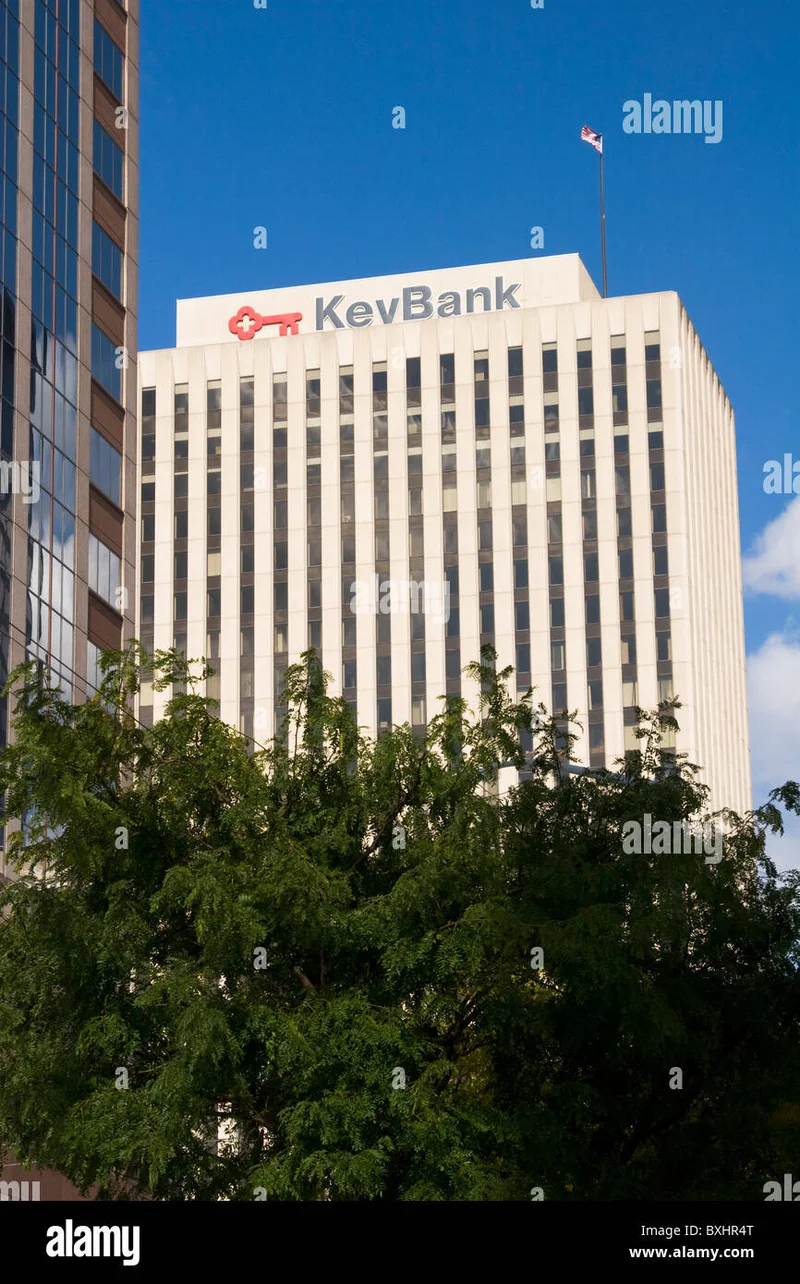Article Directory
KeyBank's Quiet Contradiction: Is It a Community Champion or Just a Bank?
A financial institution's public-facing narrative is a carefully constructed asset. In the past few weeks, KeyBank has put two seemingly disparate narratives on display. In one corner, we have the bank as a community pillar, underwriting affordable housing and securing the future of a major sports arena. In the other, we have the bank as a quiet, efficient wealth-management machine, promoting executives to oversee the portfolios of its most valuable clients.
The data points are clear. KeyBank recently announced it is providing a $25.9 million construction loan for a 75-unit affordable housing project in Compton, California. This is a textbook "community champion" move. The development will consist of units restricted to residents at or below 50% of the area median income, with half set aside for permanent supportive housing. This action supports the bank's long-standing "Outstanding" rating on the Community Reinvestment Act (CRA) exam—a rating it has earned 11 consecutive times, a significant achievement.
Simultaneously, we see the announcement that the Buffalo Sabres are extending their lease at the KeyBank Center through 2031. The bank’s branding is front-and-center on a building positioned as a cornerstone of the regional economy. A study cited in the announcement claims the arena generated a massive economic impact—about $694 million, to be more exact, $694.2 million in 2023. These are the kinds of numbers that build a powerful story of civic partnership.
But then, almost silently, another set of data points emerged. In Albany, the bank promoted two long-tenured executives, Andrew Alessi and Vince Miles, into senior wealth and private banking roles. Alessi will now lead wealth management teams across a vast and affluent territory that includes New England, Eastern Pennsylvania, and Florida. This is the core business of banking: managing and growing the assets of high-net-worth individuals. It is profitable, discreet, and fundamentally transactional.
So, which is the real KeyBank?

My analysis suggests this isn't a contradiction at all. It’s a perfectly calibrated system. Think of a large vessel navigating open water. The high-margin, profitable business of wealth management and corporate banking is the powerful engine, propelling the ship forward. The community-focused initiatives, like the Compton housing project, are the ballast. They aren't the primary driver of motion, but they are absolutely essential for stability, for keeping the ship upright and compliant with the rules of the sea. Without the ballast, the engine's power would make the vessel unstable and vulnerable.
The CRA-qualifying loans and high-profile civic branding are not acts of pure altruism; they are a regulatory and social necessity. For a bank with approximately $185 billion in assets, an "Outstanding" CRA rating isn't just a nice-to-have, it's a license to operate and expand. It smooths the path for mergers, acquisitions, and the continued operation of its more lucrative divisions.
And this is the part of the report that I find genuinely puzzling. While the $25.9 million loan is significant, how does it scale against the bank's total loan portfolio? What percentage of its balance sheet is truly dedicated to community development versus, say, commercial real estate or wealth management services in its most profitable markets? This is the key ratio, the number that would tell the real story, and it's a number we rarely get to see.
This brings us to the methodological critique of the arena's economic impact. The $694.2 million figure is impressive, but it comes from a study commissioned by the Sabres organization itself (conducted by consulting firm Tripp Umbach). These studies are notoriously difficult to verify independently and often rely on generous multiplier assumptions. Is the arena truly creating that value, or is it primarily redirecting existing entertainment spending within the region? Without access to the study's underlying model, the number is more of a marketing claim than a hard financial fact.
The promotions of Alessi and Miles are, in a way, the most honest data point of the set. They represent the bank's primary function. The community investments, while laudable and impactful for the 75 families who will get new housing, are also a function—a function of what a bank of this size must do to protect and grow its core business. The two activities are not in opposition; they are symbiotic. One enables the other in a continuous, calculated loop. The question isn't if KeyBank is a community champion, but rather what the precise, calculated cost of that championship title is.
A Calculated Symbiosis
Ultimately, the perception of a contradiction is a failure to see the system as a whole. The community-facing projects are not a departure from the bank's core mission; they are an integral and necessary component of it. They generate the social and regulatory capital required to pursue the far more profitable, and far less publicized, business of being a bank. It isn't a story of conflicting identities; it's the blueprint of modern American banking.
